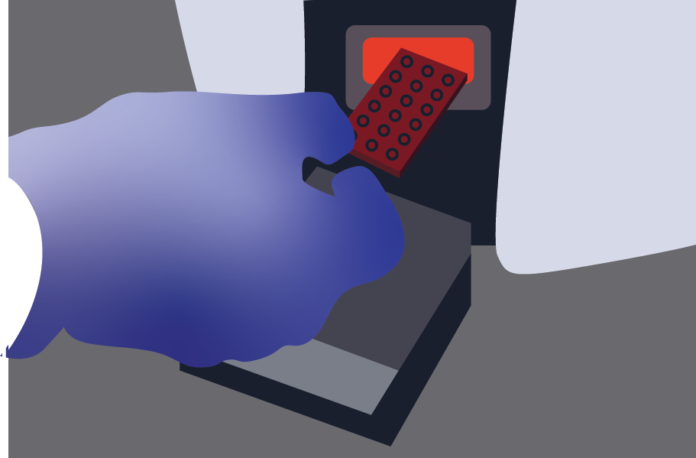MILO is being evaluated to rapidly process COVID-19 tests and secures a bright future for the integration of AI/ML in infectious diseases
By MONICA MANMADKAR — science@theaggie.org
In 2014, Dr. Nam Tran, a professor of clinical pathology at UC Davis Health and senior director of clinical pathology at the Health System, sought a better way for physicians to analyze and diagnose infections faster, which would inevitably lead to faster recovery and treatment.
Incidentally, Dr. Hooman Rashidi wanted to get back into his computational work. Tran sent Rashidi a small set of data detailing biomarkers of burn patients with acute kidney injury. To analyze the data, Rashidi would hand write software programs that would run to find the best predictive model. However, as they saw more promising results, both Tran and Rashidi realized that with their day jobs writing the code by hand would be extremely time-consuming and tedious.
“[Rashidi] is manually programming and doesn’t have enough time to keep programming these things,” Tran said. “Instead, he decides to make software that replicates his own programming. In short, [he has] produced a software [model] with their inputs.”
As an expert in informatics, Rashidi built a predictive artificial intelligence and machine learning (AI/ML) model to help predict acute kidney injury with this dataset. This small research endeavor set the stage for a powerful machine learning tool.
In July 2019, Dr. Samar Albahra joined UC Davis Health for his Clinical Informatics fellowship where he began to work with Rashidi on the tool. Detailing how machine learning is a field where many iterations are needed to find the ideal model for the dataset, Albahra studied the tool’s proof of concept and re-architected it into what is now present-day MILO.
“[Machine Intelligence Learning Optimizer (MILO)] is a software solution to aid a researcher in finding the ideal model by ensuring best practices are employed in every study as well as automated iterations to minimize the guesswork in machine learning,” Albahra said. “With MILO, models can not only be discovered but they can be further evaluated and exported for production use.”
MILO has now been used by numerous researchers in their studies and has been licensed for business applications. Tran also explained how MILO can be used to identify patients infected by SARS-CoV-2. In a recent study published in Nature Scientific Reports, Tran and his other colleagues look to apply machine learning to the detection of COVID-19, which has a 98.3% accuracy rate for positive test results and 96% for negative test results.
“At first we wanted to use mass spectroscopy to analyze the peaks generated by the COVID test results,” Tran said. “However, with the hundreds of thousands of peaks, we thought that machine learning and artificial intelligence are not limited to how many items you have.”
For this study, there will be about 2,000 participants. The proteins from the nasal swab for the COVID test will be ionized by the mass spectrometer and then analyzed by MILO’s algorithms to produce a negative or positive result.
Tran believes that with the correct tools, machine learning can make a clinical impact: “Many people have great ideas, but don’t have the programming background to implement their future goals. MILO can allow them to try new things and generate new ways that can improve patient care.”
Written by: Monica Manmadkar — science@theaggie.org





